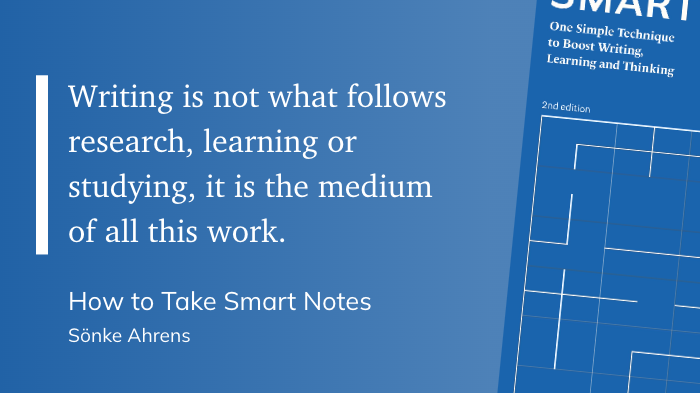
Ask ten teachers what their job is, and you’ll receive ten different answers. However, most of them share the common goal of preparing the next generation of citizens. Yet, educators acknowledge that the world in which students will live and work will radically differ from the current version. Therefore, it is nearly impossible for the education system to prepare students for that future fully.
To address this challenge, educators often discuss the concept of “college and career readiness.” Being “college and career ready” means that students possess the skills to strategically and effectively apply their learning in various situations, enabling their success in both academic and work environments. This readiness extends beyond academic knowledge and encompasses essential skills such as resilience, mental health, and performance, which are crucial for adapting to an ever-changing future.
However, the focus on specific pathways for college and career readiness often stems from traditional educational structures and measures of success. There is a growing awareness that a one-size-fits-all approach may not suit all students, and personalized learning experiences are increasingly valued. It is important to recognize that success in the future will require adaptability and a broad skill set beyond academic knowledge.
To prepare students for an unpredictable future, we must move beyond traditional 20th-century learning practices and cultivate an updated skill set. This includes fostering strong learning and critical thinking skills and developing “human” skills that equip students to navigate an uncertain world. Moreover, it is crucial to view students as change-makers and provide them with opportunities to develop traits such as optimism and resilience. This preparation should involve nurturing creativity, encouraging exploration, and fostering a willingness to take risks. It is essential to equip students with the necessary skills and knowledge to progress steadily towards their goals.
However, it is important to acknowledge that a portion of the student population does not fit into the accepted mold of “college and career readiness” imposed by the system. These are the students who consider themselves artists, creators, inventors, and so on. They do not neatly fit into career pathways or college preparatory tracks, which are currently popular trends in high school education.
Regardless of our efforts, we cannot force these square pegs into round holes, or any other shape for that matter. Instead, we should explore ways for these students to create their own paths.
This is where personalized learning comes into play. Personalized learning is becoming increasingly important as it caters to the unique needs of each student, promoting progress at an individual pace. It empowers students to take greater ownership of their learning journey, leading to deeper learning, increased motivation, and improved relationships and communication skills. The implementation of personalized learning requires a shift from traditional classrooms to learning hubs, from a rigid curriculum to personalized pathways, and from a fixed pace to personalized progressions through cycles of inquiry. Creating personalized learning pathways for teachers and recognizing their competency in specific areas through micro-credentials is also beneficial. Additionally, online platforms can offer a range of activities that align with each student’s unique interests and strengths.
Personalized learning and the concept of graduate profiles contribute to a new perspective on career readiness by focusing on individual student strengths and interests. Personalized learning enables student-driven models in which students engage in meaningful, authentic, and rigorous challenges to showcase desired outcomes. This approach fosters skills like goal setting, time management, and the ability to navigate unpredictable obstacles, all of which are crucial for career readiness.
Graduate profiles outline the skills and competencies that a district or institution aims for its students to possess upon graduation. These profiles serve as a guiding principle for improvement efforts and reflect the collective commitment to equipping students with the skills necessary for personal success and meaningful civic engagement. By embracing personalized learning, graduate profiles, and similar concepts, we can better prepare students for their future careers in a rapidly changing world.
Further Reading:
- Learning Personalized
- Preparing Teachers for Deeper Learning
- Future-Proofing Students
- 6 Reasons Why We Should See Students as Changemakers
- 10 Popular Educational Trends and What You Need to Know
- Personalize Learning and Build Agency by Using the 4 PLC Questions
- 5 traps that will kill online learning (and strategies to avoid them)


